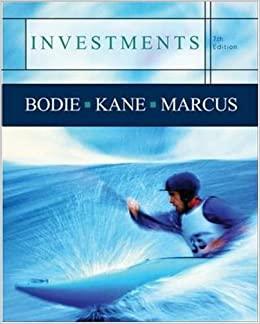The Islander Fishing Company purchases clams for K1.50 per pound from fishermen and sells them to various restaurants for K2.50 per pound. Any clams not sold to the of the week can be sold to a local soup c 500, 1,000, or 2,00 restaurants by the end ompany for K0.50 per pound. The company can purchase 0 pounds. The probabilities of various levels of demand are as follows: Demand (Pounds 500 1,000 2,000 Probability 0.2 0.4 0.4 (a) For each possible purchase level (500, 1,000, or 2,000 pounds), compute the profit (or loss) (3 Marks) (2 Marks) (2 Marks) (d) Using the expected monetary value (EMV) criterion, determine the optimal number of pounds of clams the company should purchase from the fishermen. Discuss. (3 Marks) (3 Marks) for each level of demand. (b) Determine the optimal action based on the maximax criterion. (c) Determine the optimal action based on the maximin criterion. (e) Compute the standard deviation for each possible purchase level. (0 Compute the expected opportunity loss (EOL) for purchasing 500, 1,000, and 2,000 (3 Marks) pounds of clams. (g) Explain the meaning of the expected value of perfect information (EVPI in this problem. (2 Marks) (h) Compute the coefficient of variation for purchasing 500, 1,000, and 2,00 pounds of (2 Marks) clams. Discuss. (0) Compute the return-to-risk ratio (RTRR) for purchasing 500, 1,000, and 2,000 pounds of (2 Marks) clams. Discuss. G) Based on (d) and (), would you choose to purchase 500, 1,000, or 2,000 pounds of clams? Why? (3 Marks) The Islander Fishing Company purchases clams for K1.50 per pound from fishermen and sells them to various restaurants for K2.50 per pound. Any clams not sold to the of the week can be sold to a local soup c 500, 1,000, or 2,00 restaurants by the end ompany for K0.50 per pound. The company can purchase 0 pounds. The probabilities of various levels of demand are as follows: Demand (Pounds 500 1,000 2,000 Probability 0.2 0.4 0.4 (a) For each possible purchase level (500, 1,000, or 2,000 pounds), compute the profit (or loss) (3 Marks) (2 Marks) (2 Marks) (d) Using the expected monetary value (EMV) criterion, determine the optimal number of pounds of clams the company should purchase from the fishermen. Discuss. (3 Marks) (3 Marks) for each level of demand. (b) Determine the optimal action based on the maximax criterion. (c) Determine the optimal action based on the maximin criterion. (e) Compute the standard deviation for each possible purchase level. (0 Compute the expected opportunity loss (EOL) for purchasing 500, 1,000, and 2,000 (3 Marks) pounds of clams. (g) Explain the meaning of the expected value of perfect information (EVPI in this problem. (2 Marks) (h) Compute the coefficient of variation for purchasing 500, 1,000, and 2,00 pounds of (2 Marks) clams. Discuss. (0) Compute the return-to-risk ratio (RTRR) for purchasing 500, 1,000, and 2,000 pounds of (2 Marks) clams. Discuss. G) Based on (d) and (), would you choose to purchase 500, 1,000, or 2,000 pounds of clams? Why







